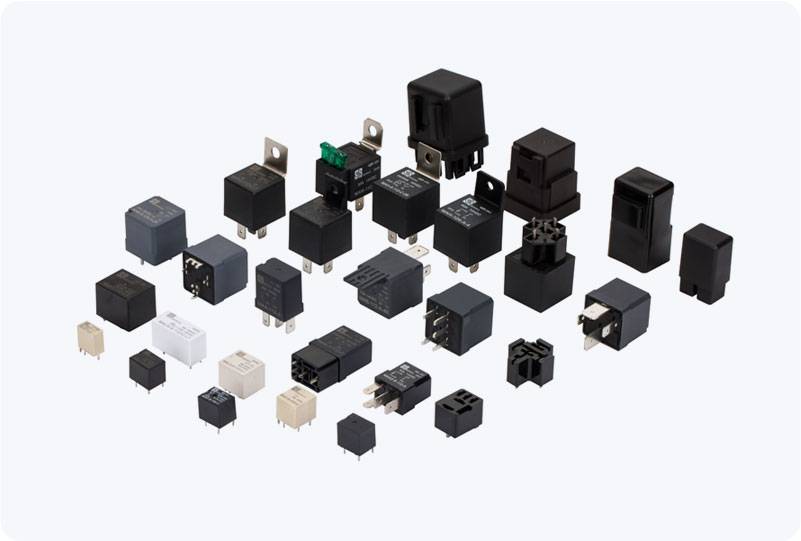Solid State Relays (SSRs) have revolutionized the way electrical switching systems operate, offering an advanced alternative to traditional mechanical relays. As industries and technologies evolve, the demand for faster, more reliable, and quieter switching solutions has grown significantly. SSRs meet these needs and more, providing a host of benefits in a variety of applications. This article explores the key features, advantages, working principles, and common applications of Solid State Relays.

What is a Solid State Relay (SSR)? A Solid State Relay (SSR) is an electronic switching device that controls the flow of electricity in a circuit without the use of moving parts. Unlike traditional electromechanical relays (EMRs), which use mechanical contacts to open or close a circuit, SSRs rely on semiconductor components such as photodiodes, thyristors, or triacs to perform the switching action. This results in faster, more durable, and quieter operation. Key Features of Solid State Relays No Moving Parts: SSRs do not have any physical contacts that move during operation. Instead, they use semiconductor components to achieve the switching function. This absence of moving parts reduces mechanical wear and tear, resulting in longer lifespan and higher reliability.